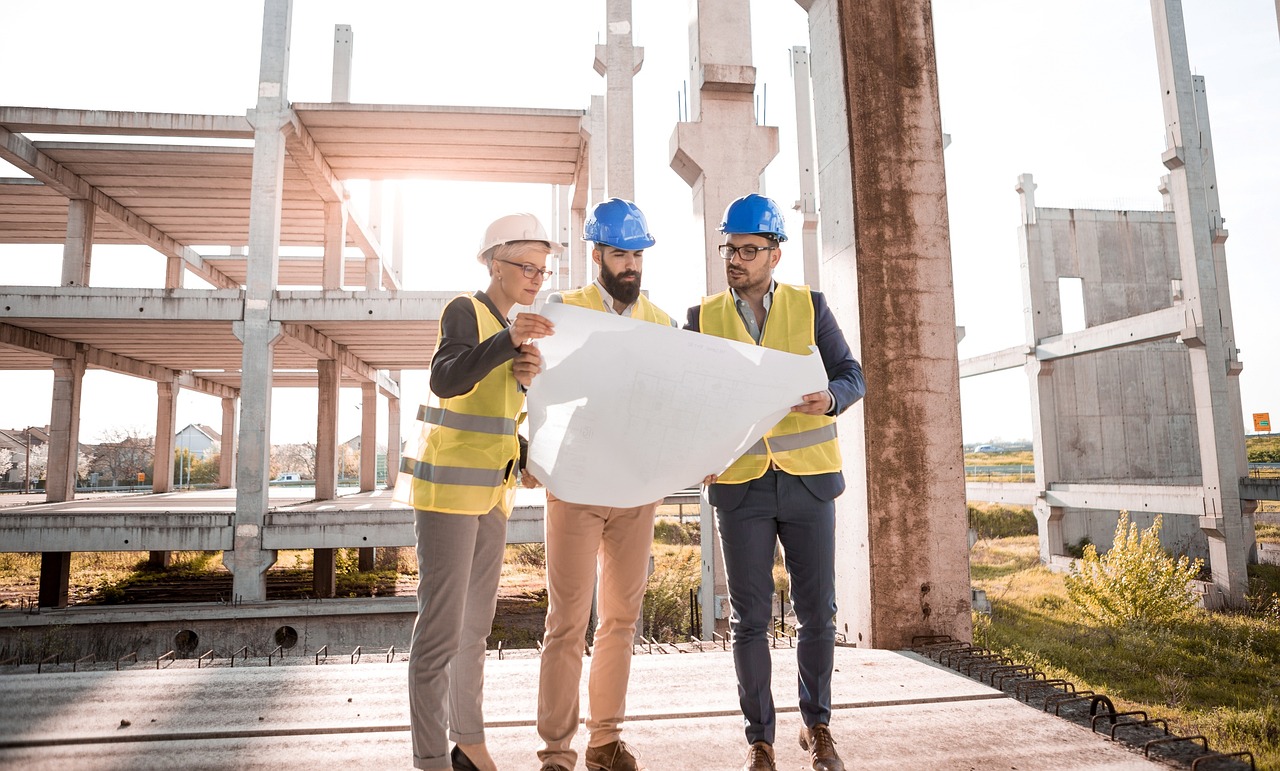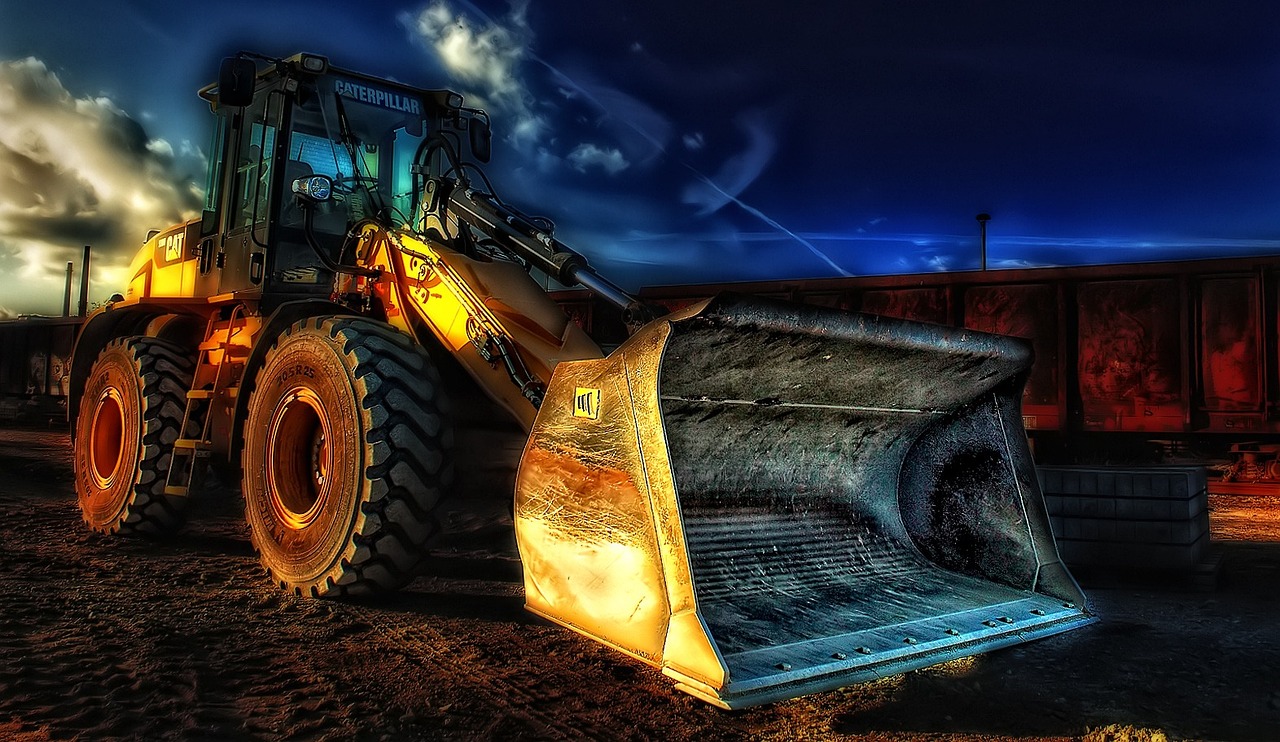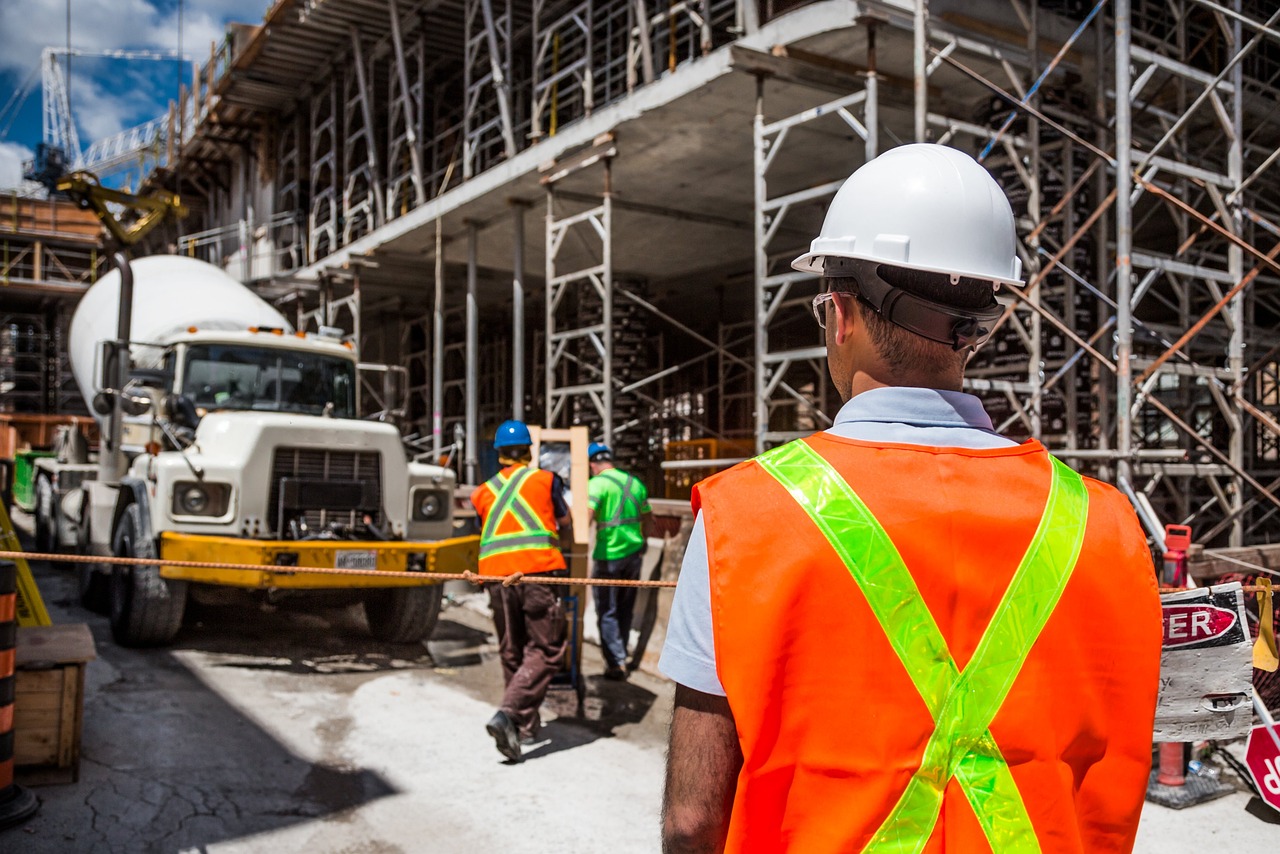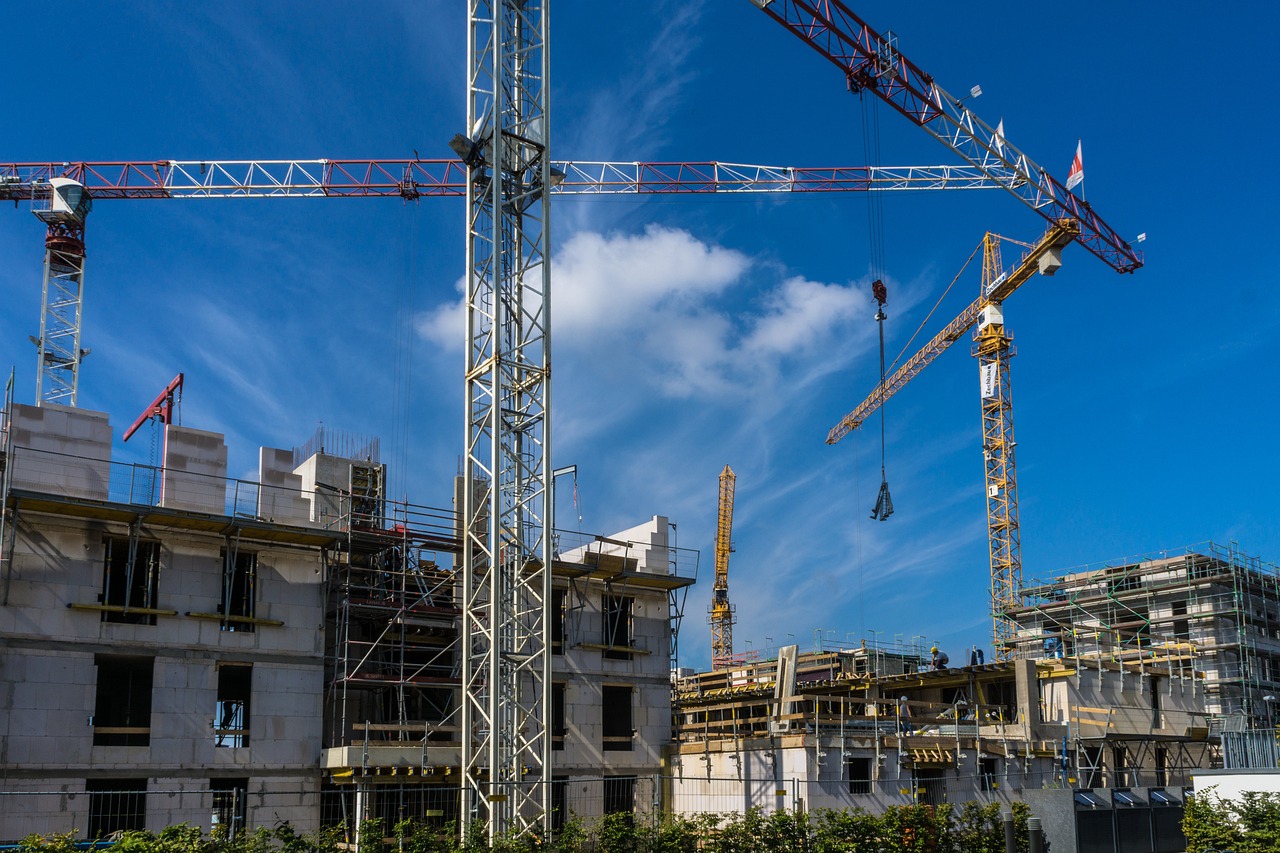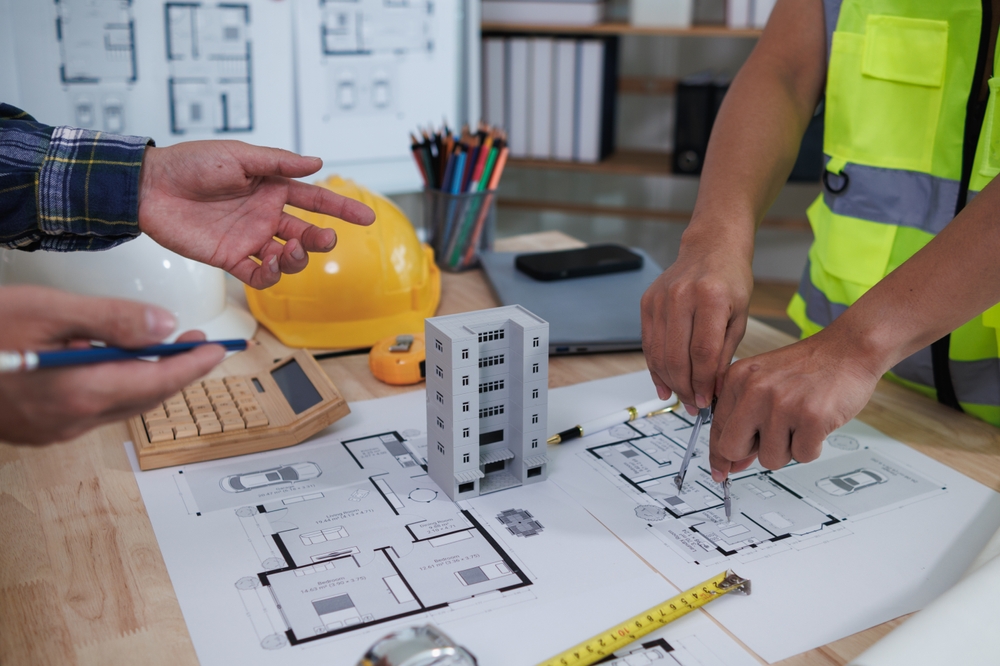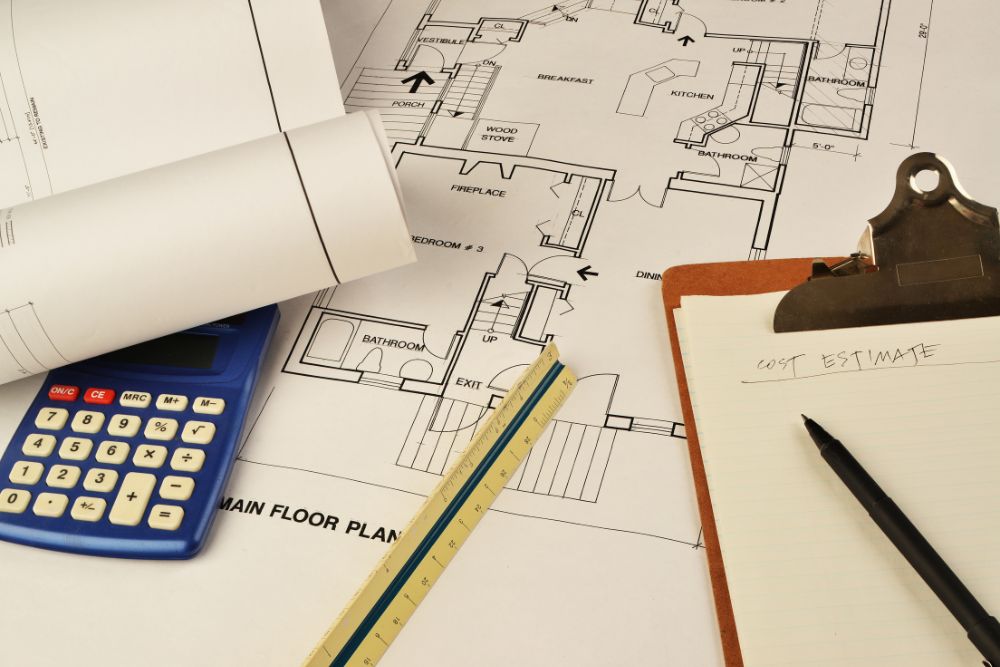The construction industry isn’t what it used to be. We’ve moved way past paper blueprints and manual measurements. Today, everything from planning to project tracking is powered by technology. Tools like BIM (Building Information Modeling), drones, and cloud-based software have made construction planning faster, smarter, and far more accurate.
Technology helps project teams stay organized, spot issues early, and cut down on delays or costly mistakes. You can now visualize a building before it’s even built, share updates instantly with your crew, and manage schedules right from your phone or tablet.
In this guide, we’ll examine how technology is enhancing construction planning, why it matters, and the types of tools that are changing the way we build, even in tough environments where traditional methods just don’t hold up.
Why Technology Matters in Construction Planning
Technology plays a big role in how construction projects are planned today. Modern projects are larger, faster, and more complex than before. Relying only on paper plans or manual tracking often leads to confusion, delays, and higher costs.
With digital tools, everything becomes more organized and accurate. Planners can create schedules, estimate costs, and share updates with everyone involved, all in one place. Real-time data helps teams make quick decisions and avoid mistakes before they happen.
Technology also improves teamwork. Engineers, contractors, and clients can view the same information at the same time, which keeps everyone on track. Simply put, technology helps construction teams save time, control budgets, and deliver projects more smoothly from start to finish.
Benefits of Technology in Construction
The construction industry has faced many challenges, labor shortages, safety issues, and project delays. But with new technology, things are changing fast. Projects are now completed faster, safer, and with better results.
1. Increased Job Site Efficiency
Technology helps teams save time and stay organized. Land surveys take minutes instead of hours, and machines handle heavy or repetitive work. Software makes scheduling, tracking progress, and managing materials much easier. This keeps projects on time and within budget.
2. Improved Quality
Modern tools like 3D printers, drones, and laser scanners help achieve better accuracy. They reduce human errors and make sure every part fits perfectly. The result is stronger, more reliable, and higher-quality buildings.
3. Cost Savings
Even though using technology can be expensive at first, it saves money in the long run. Virtual models and digital plans prevent costly rework. Tracking systems help control material use and reduce waste.
4. Better Worker Safety
Wearable devices check workers’ health and send alerts if there’s a risk. Sensors detect hazards like gas leaks or unstable structures. Training through virtual simulations also helps workers stay safe on the job.
5. Environmental Benefits
Technology supports green construction. Digital designs reduce paper waste, and smart systems help save energy and materials. It’s better for both projects and the planet.
Types of Technology Used in Construction
Modern construction is changing fast with the help of smart, connected tools. This new wave of innovation, often called Industry 4.0, focuses on automation, data sharing, and real-time monitoring. These technologies aren’t limited to construction, but they’re being adapted to fit the industry’s specific needs.
1. AI and Machine Learning
Artificial Intelligence (AI) and machine learning are helping engineers design buildings more efficiently. With augmented reality (AR) and virtual reality (VR), teams can view 3D models of projects before construction begins.
Digital twins, virtual copies of real buildings or systems, let engineers test designs for safety, performance, and compliance. AI also powers construction robots that handle tough or repetitive work, improving safety and filling labor gaps.
2. Robots and 3D Printing
Robots are now doing more than just demolition work. They can lift heavy materials, help with bricklaying, and even print entire buildings. 3D printing robots use materials like concrete, metal, or plastic to build structures layer by layer. This process makes construction faster, more accurate, and more sustainable.
3. Blockchain Technology
Blockchain isn’t just for cryptocurrency. In construction, it works like a secure digital record system. It helps track materials across supply chains and keeps a clear record of transactions. Some sites even use blockchain to monitor worker safety and prevent violations.
4. Drones
Before starting a project, land surveys are essential, and drones make that process much easier. They can quickly fly over large areas, take detailed photos, and collect data for analysis. This helps ensure the site is ready and safe for building. During construction, drones also monitor progress, track equipment, and improve site security.
5. Sensor Technology
Sensors are another powerful tool for modern construction. Using 3D sensors and laser scanners, teams can map job sites and measure distances with high accuracy. These sensors also track conditions like air quality, humidity, and vibration levels. With real-time monitoring, managers can spot problems early and keep projects running safely and smoothly.
 Technology That Can Withstand Harsh Environments
Technology That Can Withstand Harsh Environments
Construction projects often take place in extreme conditions, from scorching heat to freezing temperatures or dusty sites. That’s where durable technology comes in. Here are a few examples of tech built to handle tough environments:
- Rugged Tablets and Smartphones: These are designed to resist dust, water, and drops. Workers can use them on-site without worrying about damage.
- Heavy-Duty Drones: Drones with weather-resistant shells and long battery life can capture images even in strong winds or rain.
- Tough Sensors: Built to function in high heat, humidity, or vibration, these sensors continue collecting accurate data in difficult conditions.
- Durable Construction Equipment: Modern machines now come with protective materials and smart systems that adapt to harsh surroundings, reducing breakdowns and maintenance costs.
This technology helps construction teams stay productive and safe, no matter the environment.
FAQs
How is Technology Improving Construction Planning?
Technology streamlines planning by using tools like BIM, drones, and AI for accurate designs, real-time collaboration, and quick decision-making. It helps reduce errors, save costs, and improve overall project efficiency and safety.
What are the Most Common Technologies Used in Modern Construction?
Some key technologies include Building Information Modeling (BIM), drones, AI and machine learning, 3D printing, and sensor-based monitoring. These tools improve accuracy, boost productivity, and enhance communication between teams on-site and off-site.
How does BIM Help in Construction Projects?
BIM (Building Information Modeling) creates 3D digital models that show every detail of a structure. It improves coordination, detects design issues early, and allows better cost estimation and resource management throughout the project lifecycle.
Is Technology in Construction Cost-Effective?
Yes. Although the initial setup may require investment, technology helps save money over time by minimizing rework, optimizing material use, reducing delays, and improving accuracy in project planning and estimation.
How does Prime Estimation use Technology in its Services?
Prime Estimation uses advanced estimating software and digital tools to deliver accurate, fast, and data-driven cost estimates. Our technology ensures transparency, efficiency, and precision, helping contractors plan and execute projects confidently.
Conclusion
Technology has completely changed the way construction projects are planned and managed. With tools like AI, BIM, drones, and smart sensors, teams can now achieve better accuracy, improved safety, and faster delivery. These innovations make it easier to collaborate, monitor progress in real time, and make informed decisions at every stage. Even in harsh environments, durable tech ensures reliability and efficiency.
At Prime Estimation, we use the latest technology to deliver accurate and detailed construction estimates that help you plan smarter and build with confidence.
Contact us today to make your next project more efficient, cost-effective, and future-ready.


 Technology That Can Withstand Harsh Environments
Technology That Can Withstand Harsh Environments